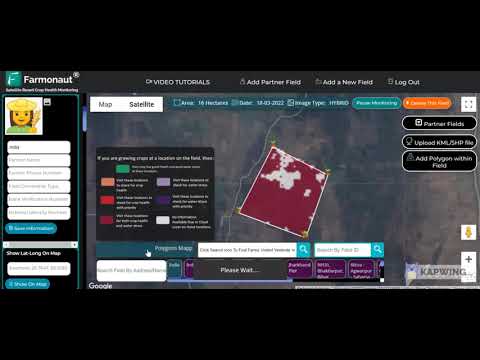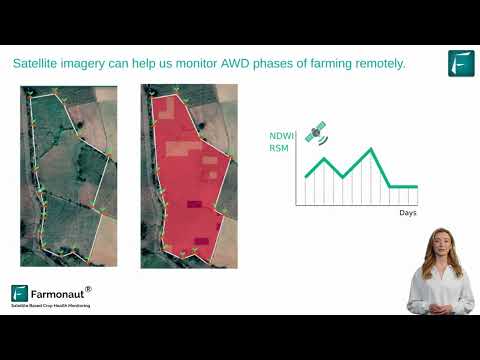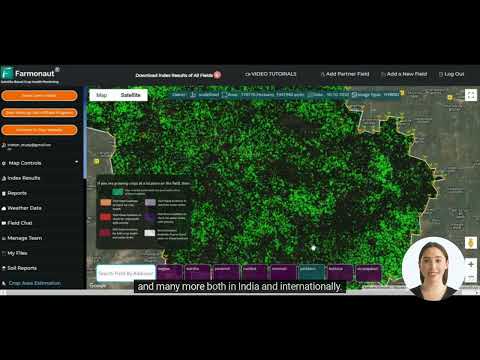Urgent: Townsville’s Melioidosis Outbreak – Vital Safety Measures for Queensland’s Wet Season Flooding
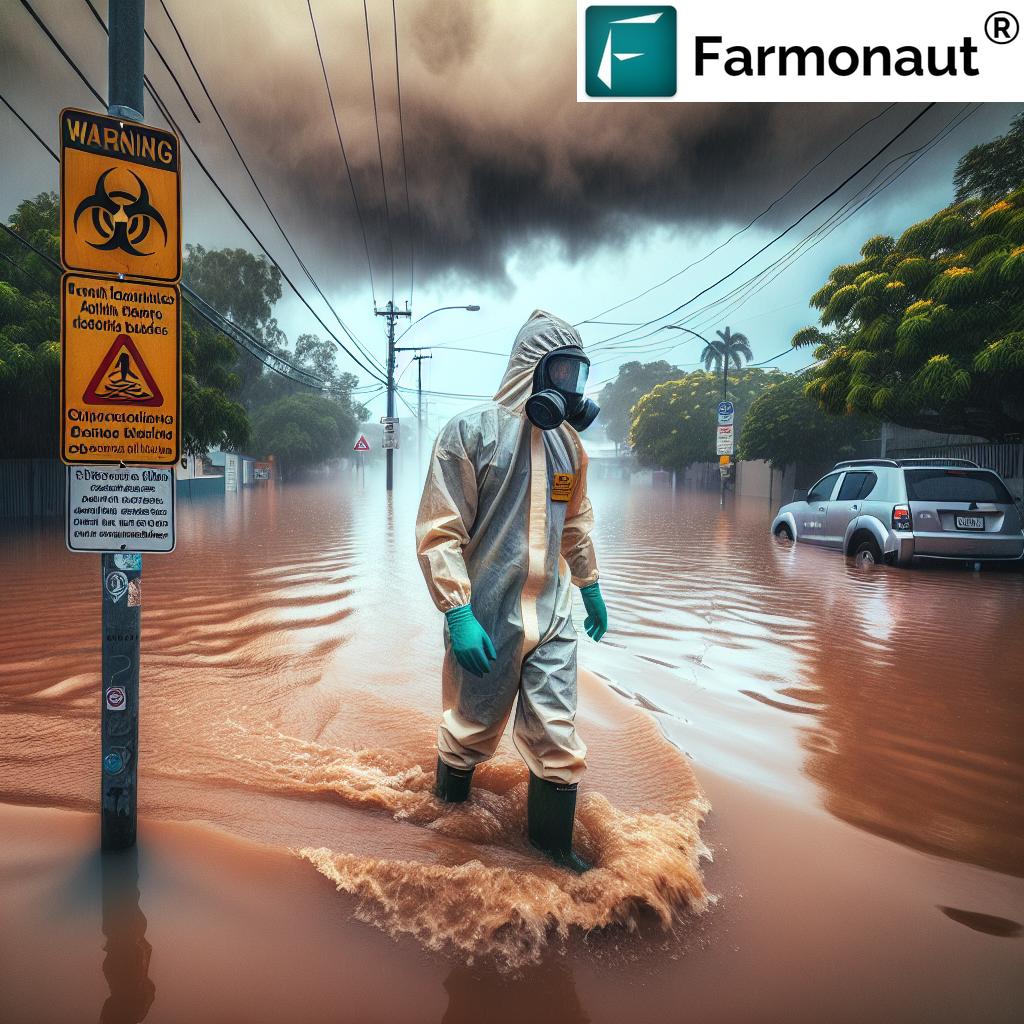
“Melioidosis outbreak in Queensland’s tropical north has claimed 5 lives and infected over 40 people since January 2023.”
As we navigate through the challenging wet season in Queensland’s tropical north, we find ourselves facing a critical health crisis that demands our immediate attention. The recent melioidosis outbreak in Townsville and surrounding regions has sent shockwaves through our communities, claiming five precious lives and affecting dozens more. This rare tropical disease, associated with contaminated water and soil, has seen an alarming surge in cases following the catastrophic flooding that has besieged our region.
In this comprehensive guide, we will delve deep into the melioidosis outbreak in Queensland, exploring its causes, symptoms, and most importantly, the vital safety measures we must all adopt to protect ourselves and our loved ones during this tumultuous wet season. Our goal is to equip you with the knowledge and tools necessary to navigate these treacherous waters safely.
Understanding Melioidosis: A Tropical Threat Unveiled
Melioidosis, often referred to as Whitmore’s disease, is a serious infection caused by the bacterium Burkholderia pseudomallei. This microorganism thrives in tropical and subtropical regions, making Queensland’s wet season an ideal breeding ground. The disease primarily affects humans and animals through direct contact with contaminated soil or water, particularly during flooding events.
The recent catastrophic flooding in Townsville and its surrounding areas has created perfect conditions for the proliferation of this dangerous bacterium. As floodwaters recede, they leave behind muddy residues teeming with potentially harmful microorganisms, including B. pseudomallei. This is why we’re seeing such a significant spike in melioidosis cases during this wet season.
Key facts about the current outbreak:
- Over 40 cases reported since January 1, 2023
- Five fatalities linked to the disease
- Townsville alone recorded more than 20 cases in February
- Public health officials have raised alerts across Queensland’s tropical north
These statistics underscore the gravity of the situation and the urgent need for heightened awareness and preventive measures across our communities.
The Perfect Storm: How Flooding Amplifies Melioidosis Risk
The relationship between flooding and melioidosis outbreaks is a critical aspect of our current crisis. When heavy rains and subsequent flooding occur, several factors contribute to the increased risk of melioidosis:
- Soil Disturbance: Floodwaters churn up the soil, bringing buried bacteria to the surface.
- Water Contamination: As waters rise, they can become contaminated with B. pseudomallei from the soil.
- Increased Exposure: Residents engaged in flood cleanup are more likely to come into contact with contaminated soil and water.
- Compromised Infrastructure: Damage to water treatment facilities can lead to further contamination of water supplies.
Understanding these mechanisms helps us appreciate why the risk of melioidosis skyrockets during and after flooding events. It’s not just about the water itself, but the complex interplay between environmental factors and human activities in the aftermath of these natural disasters.
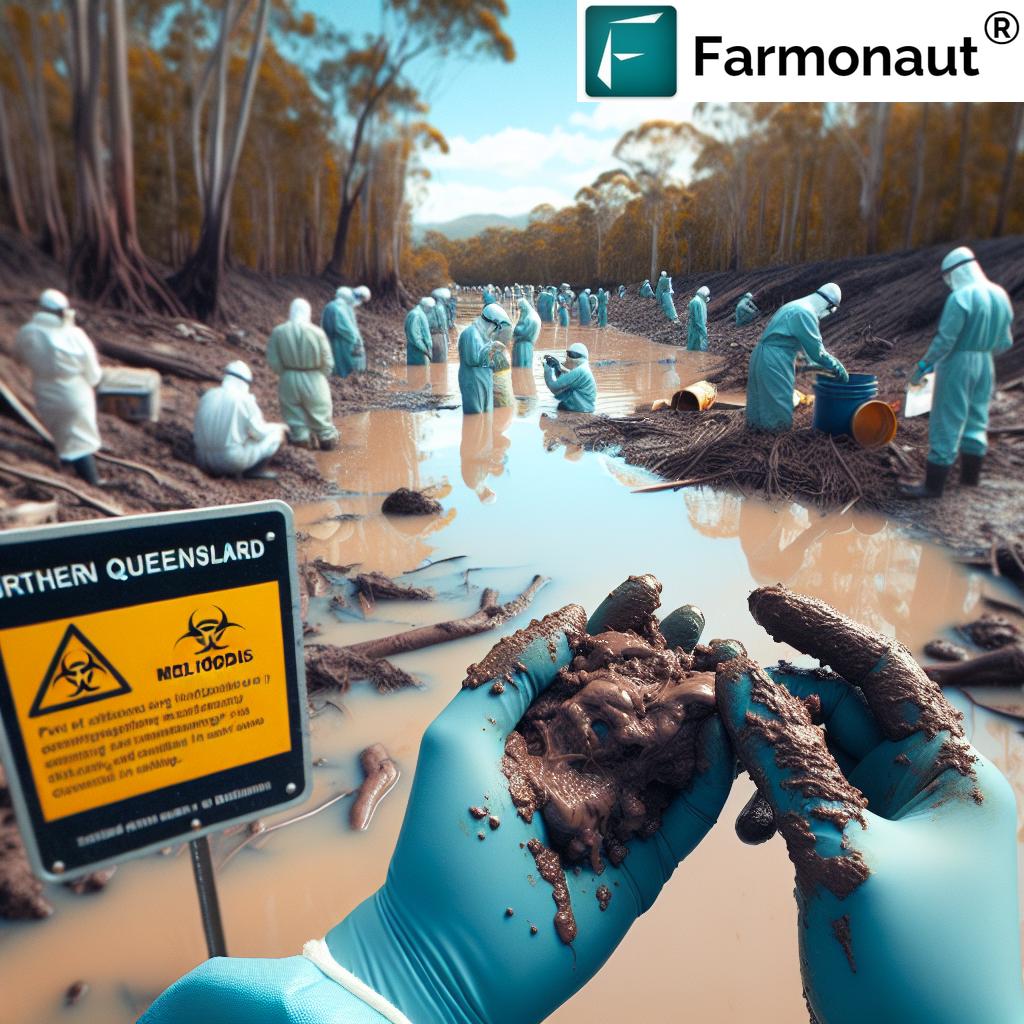
“Townsville alone recorded more than 20 cases of melioidosis in February, highlighting the severity of the outbreak.”
Recognizing the Enemy: Symptoms of Melioidosis
Early recognition of melioidosis symptoms is crucial for timely treatment and improved outcomes. The disease can manifest in various forms, ranging from mild to severe. Common symptoms include:
- Fever
- Cough
- Chest pain
- Headache
- Joint pain
- Breathing difficulties
- Abdominal discomfort
- Skin infections or abscesses
It’s important to note that symptoms can vary widely depending on the type of infection and the individual’s overall health. In some cases, melioidosis can lead to severe pneumonia, bloodstream infections, and even septic shock.
If you or someone you know experiences these symptoms, especially after exposure to floodwaters or contaminated soil, seek medical attention immediately. Early diagnosis and treatment are critical in managing this potentially life-threatening disease.
Vital Safety Measures: Protecting Yourself During Flood Cleanup
As we tackle the daunting task of flood cleanup, it’s crucial to prioritize our safety. The following measures are essential in reducing the risk of melioidosis infection:
| Activity | Protective Measures | Risk Level |
|---|---|---|
| Debris removal | Wear waterproof boots, long pants, long sleeves, and gloves | High |
| Water drainage | Use protective eyewear and waterproof clothing | High |
| Soil handling | Wear N95 masks and avoid direct skin contact | High |
| General cleanup | Cover open wounds, wash hands frequently | Medium |
| Symptom awareness | Monitor for fever, cough, and other symptoms | Low |
| Seeking medical help | Consult a doctor immediately if symptoms appear | Low |
Remember, these protective measures are not just recommendations; they are vital safeguards against a serious health threat. By following these guidelines, we can significantly reduce our risk of exposure to the bacteria causing melioidosis.
Beyond Personal Protection: Community-Wide Strategies
While individual precautions are crucial, addressing the melioidosis outbreak requires a coordinated community effort. Here are some strategies we’re implementing across Townsville and other affected areas:
- Public Health Campaigns: Increasing awareness through targeted educational initiatives.
- Water Testing: Regular monitoring of public water sources for contamination.
- Environmental Management: Identifying and managing high-risk areas prone to bacterial growth.
- Healthcare Preparedness: Equipping local hospitals and clinics with necessary resources for diagnosis and treatment.
These community-wide efforts complement individual protective measures, creating a multi-layered defense against the spread of melioidosis.
The Role of Technology in Flood Management and Disease Prevention
In our fight against melioidosis and other flood-related health risks, technology plays a crucial role. Advanced systems for flood prediction, water quality monitoring, and disease surveillance are being deployed across Queensland. These technologies help us stay one step ahead of potential outbreaks and manage resources more effectively.
One such innovative solution comes from Farmonaut, a company at the forefront of agricultural technology. While primarily focused on precision agriculture, Farmonaut’s satellite-based monitoring systems and AI-driven analytics have applications in flood management and environmental monitoring.
Farmonaut’s technology can help in:
- Mapping flood-prone areas
- Monitoring soil moisture levels
- Tracking changes in land use that might affect flood risks
- Providing real-time data for emergency response planning
While Farmonaut’s primary focus is on agricultural applications, the principles behind their technology demonstrate the potential for satellite-based monitoring in managing environmental health risks like melioidosis outbreaks.
For those interested in exploring Farmonaut’s capabilities, their services are accessible through various platforms:
For developers looking to integrate satellite data into their own applications, Farmonaut offers an API with comprehensive documentation.
Long-Term Implications: Climate Change and Tropical Diseases
The current melioidosis outbreak in Queensland serves as a stark reminder of the broader implications of climate change on public health. As extreme weather events become more frequent and intense, we can expect to see more outbreaks of tropical diseases in regions previously considered low-risk.
Key considerations for the future include:
- Expanding disease surveillance to new geographic areas
- Investing in climate-resilient infrastructure
- Developing new treatments and preventive measures for tropical diseases
- Enhancing public health education and preparedness
By addressing these long-term challenges now, we can better prepare our communities for future health crises related to climate change and extreme weather events.
The Path Forward: Building Resilience in the Face of Health Crises
As we continue to grapple with the melioidosis outbreak in Townsville and other parts of Queensland, it’s clear that our response must be multifaceted and forward-thinking. We need to:
- Strengthen Early Warning Systems: Improve our ability to predict and respond to potential disease outbreaks before they escalate.
- Enhance Healthcare Infrastructure: Invest in medical facilities, equipment, and training to better handle tropical diseases.
- Promote Community Education: Ensure that all residents understand the risks associated with flooding and know how to protect themselves.
- Foster Inter-agency Collaboration: Encourage cooperation between health departments, environmental agencies, and local governments for a more coordinated response.
- Integrate Technology: Leverage advanced tools like satellite monitoring and AI-driven analytics to enhance our preparedness and response capabilities.
By focusing on these areas, we can build a more resilient community capable of withstanding future health challenges, whether they’re related to melioidosis or other emerging threats.
Conclusion: United in the Face of Adversity
The melioidosis outbreak in Townsville and Queensland’s tropical north is a serious challenge, but it’s one we can overcome through collective action and informed decision-making. By staying vigilant, following safety guidelines, and supporting one another, we can protect our communities and emerge stronger from this crisis.
Remember, knowledge is our greatest weapon against disease. Stay informed, stay safe, and together, we’ll weather this storm and build a healthier, more resilient Queensland.
FAQ: Common Questions About Melioidosis and Flood Safety
Q: Can melioidosis spread from person to person?
A: Direct person-to-person transmission of melioidosis is extremely rare. The disease is primarily contracted through contact with contaminated soil or water.
Q: How long after exposure do symptoms of melioidosis appear?
A: Symptoms can appear anywhere from 1 to 21 days after exposure, with an average incubation period of 9 days.
Q: Are some people more at risk of contracting melioidosis?
A: Yes, individuals with certain underlying health conditions such as diabetes, kidney disease, or compromised immune systems are at higher risk.
Q: How is melioidosis treated?
A: Treatment typically involves intensive antibiotic therapy, often starting with intravenous antibiotics followed by a course of oral antibiotics.
Q: Can I get melioidosis from drinking tap water in affected areas?
A: Properly treated tap water should be safe. However, if you’re unsure about your water supply’s safety, boil water before drinking or use bottled water.
Q: How long should I continue taking precautions after the floodwaters recede?
A: Continue following safety measures for several weeks after floodwaters recede, as the bacteria can persist in the environment.
Earn With Farmonaut: Affiliate Program
Earn 20% recurring commission with Farmonaut’s affiliate program by sharing your promo code and helping farmers save 10%. Onboard 10 Elite farmers monthly to earn a minimum of $148,000 annually—start now and grow your income!
Farmonaut Subscriptions






